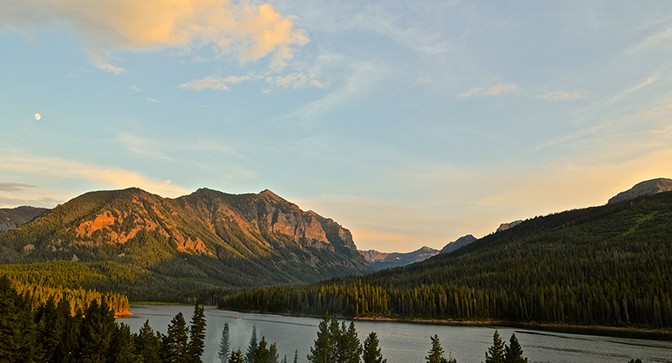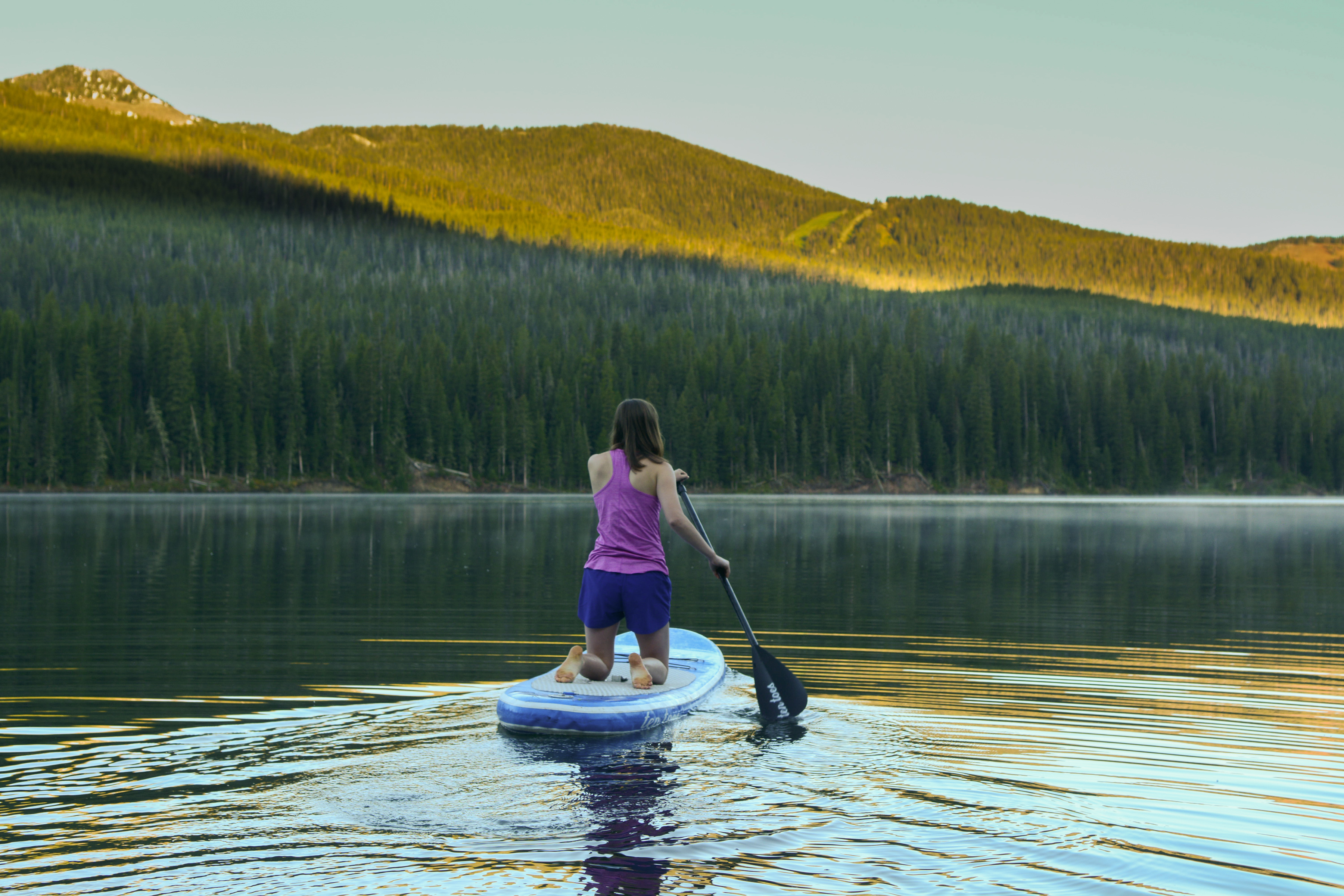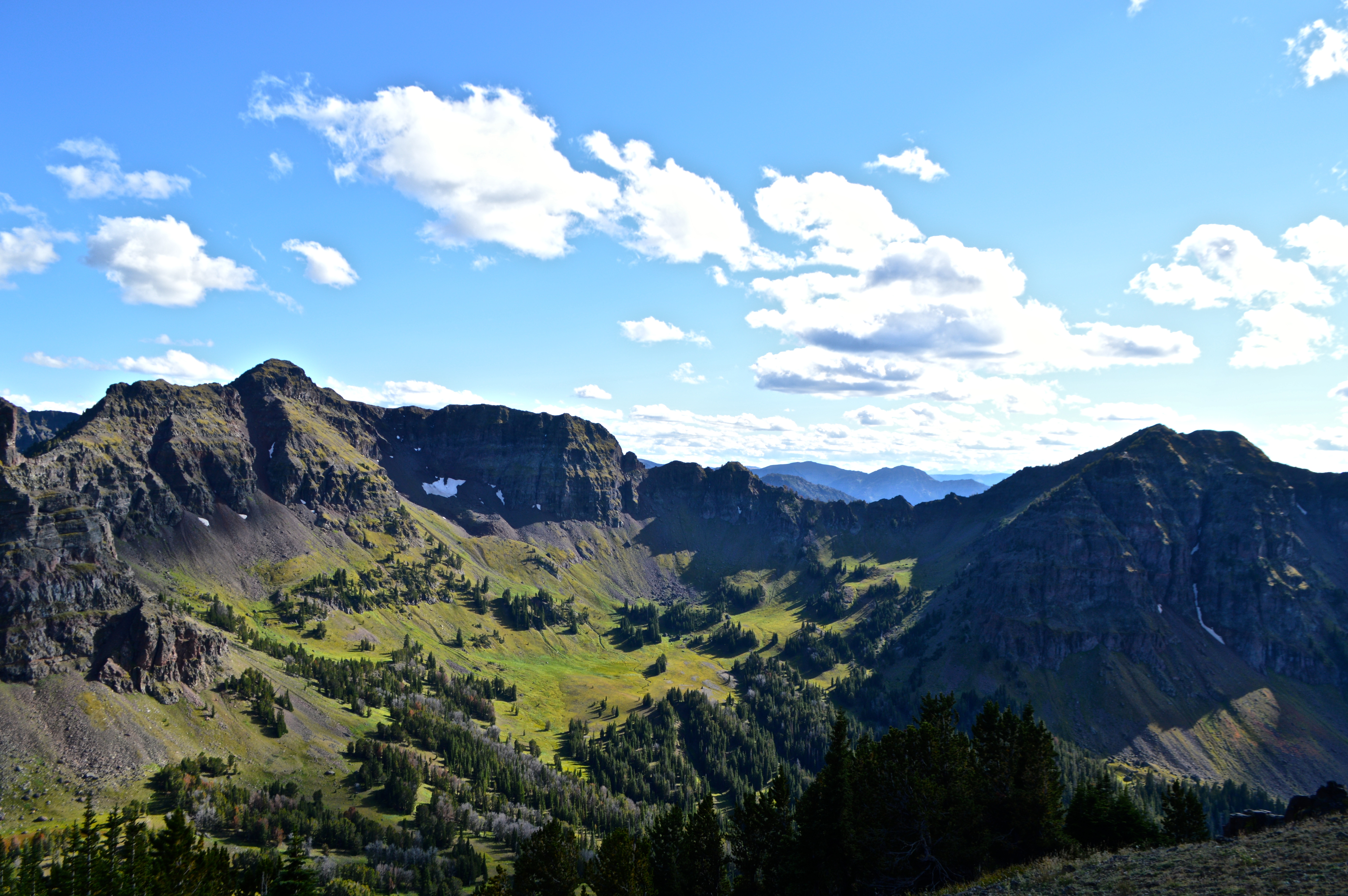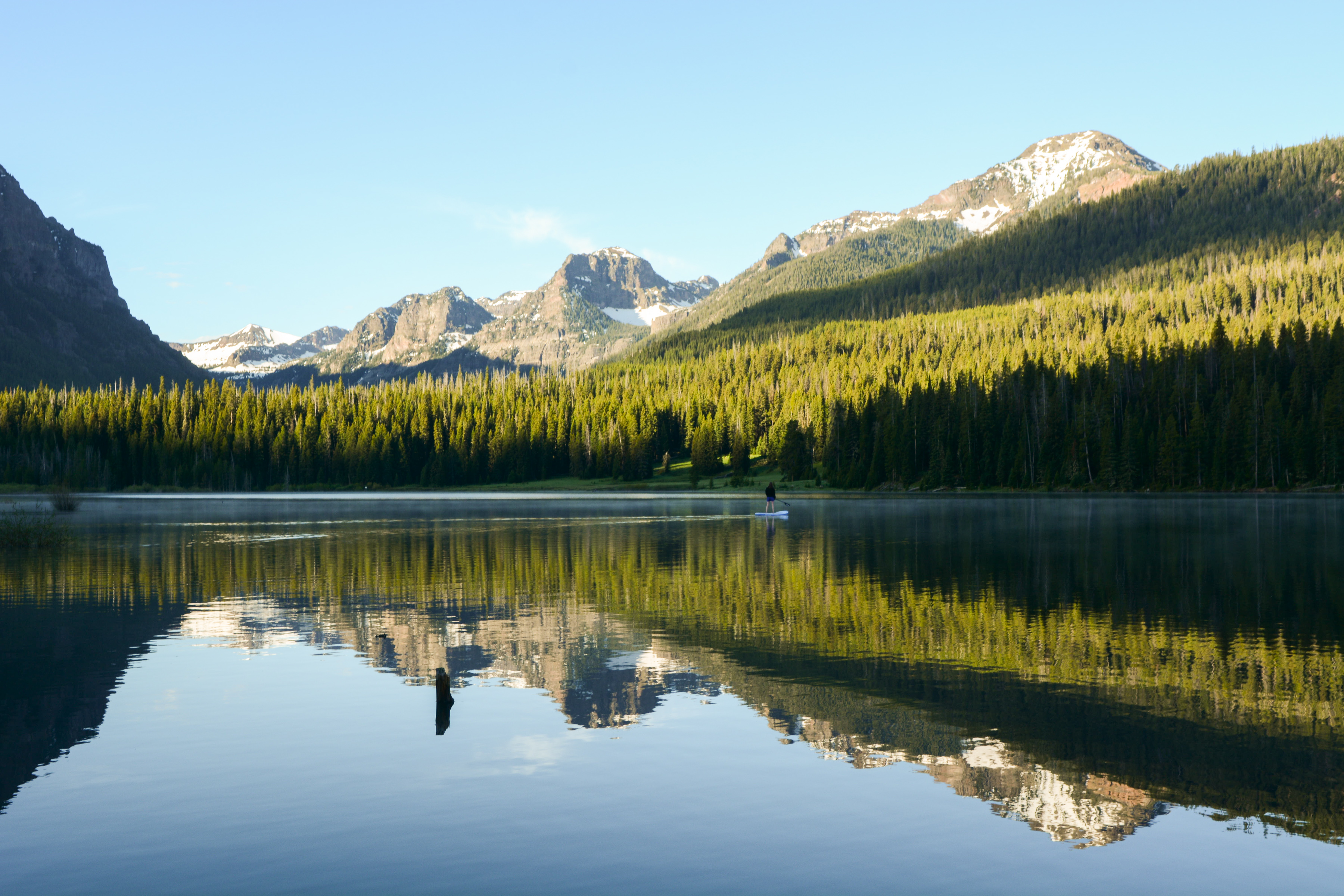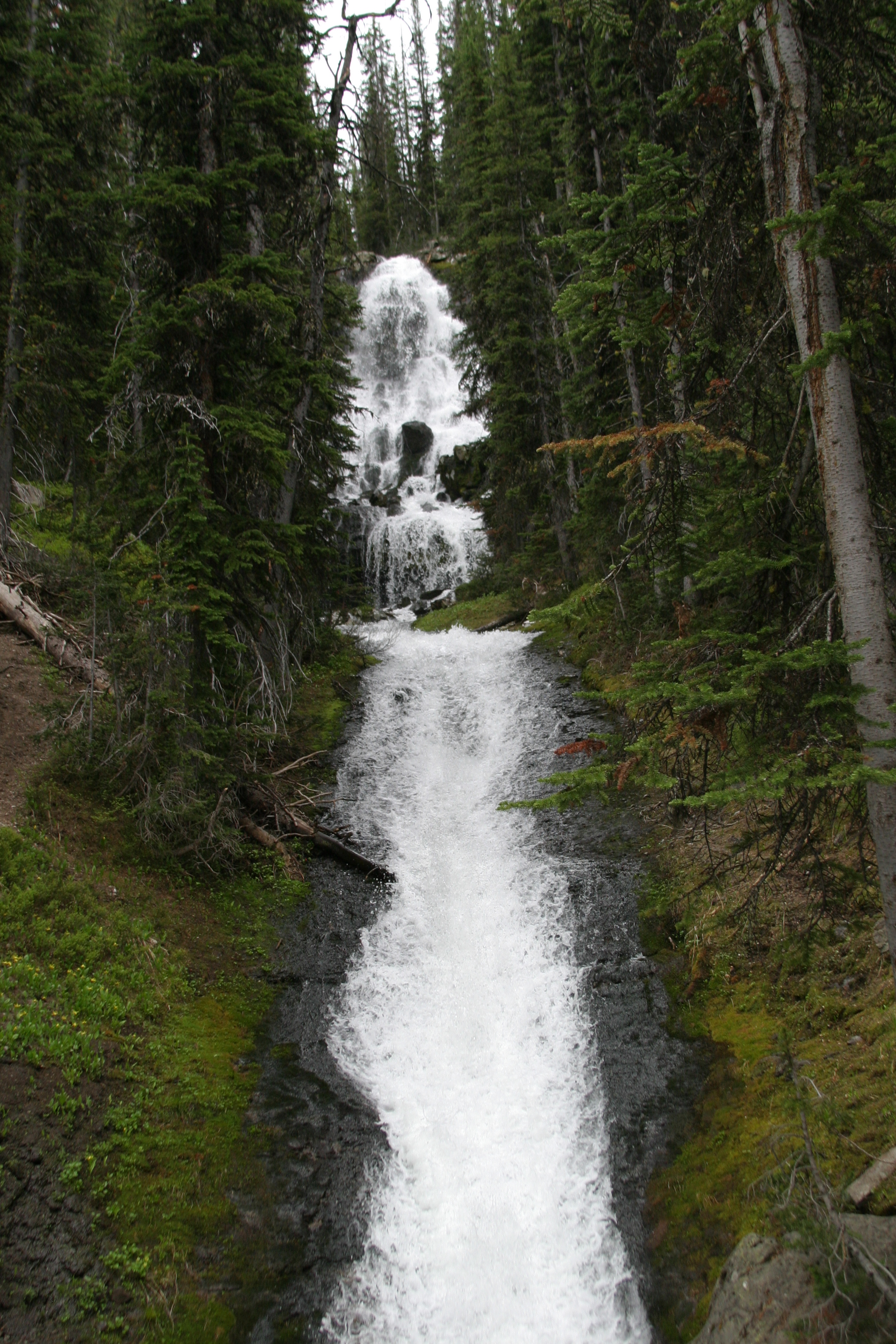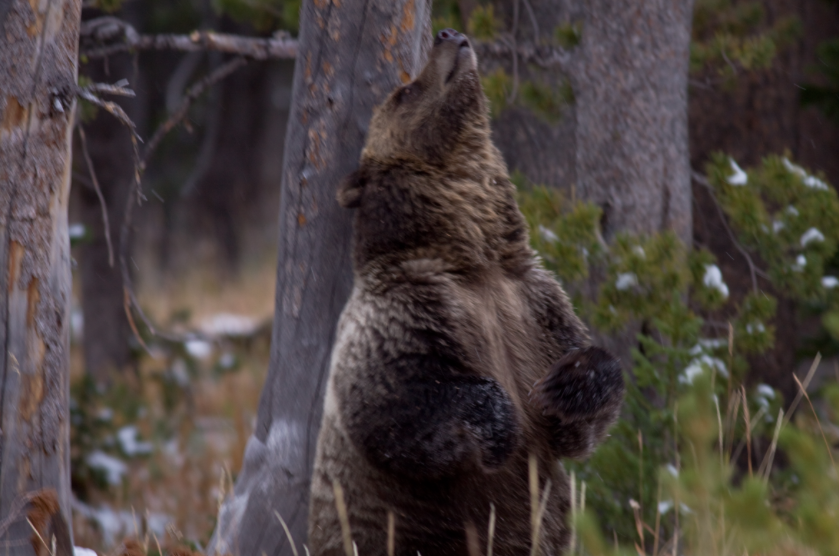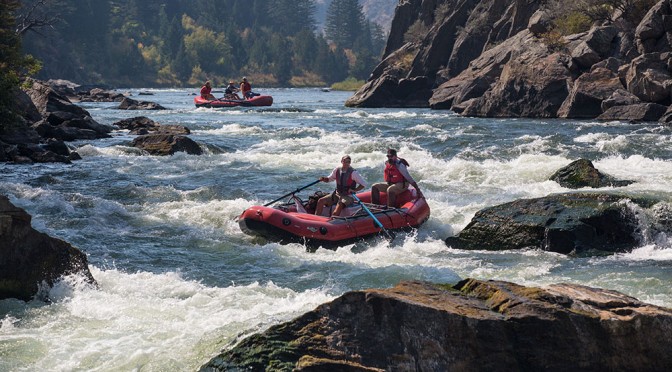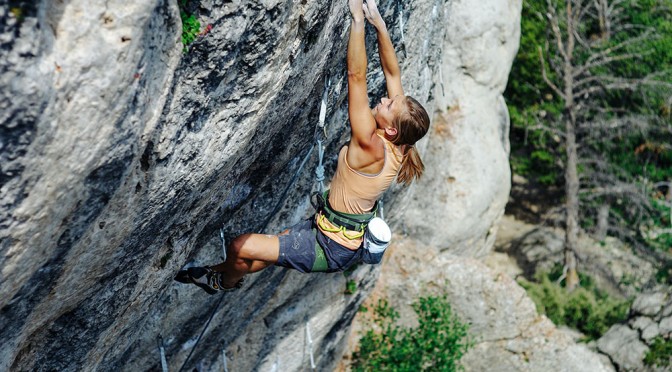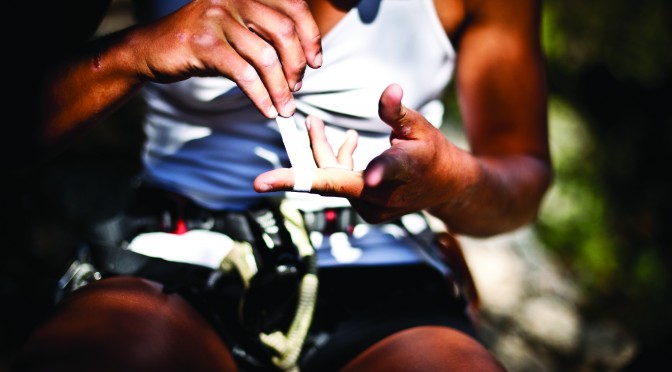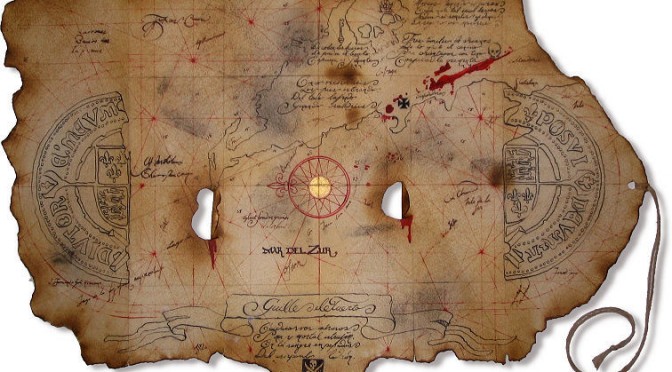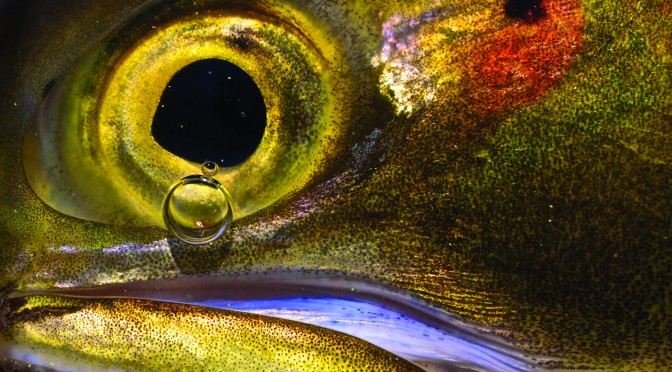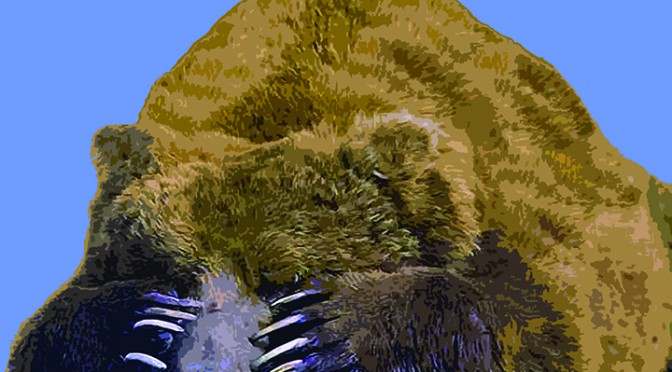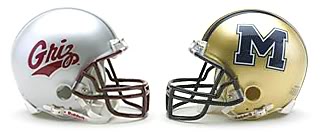By Phil Knight
It’s finally summer in the Bozone—the perfect time to save up some cash, take a break from schoolwork, and most importantly, enjoy the outdoors and beautiful weather. Where to go when adventure is calling? If time is tight, stay close without compromising fun and adventure. Just 20 minutes from downtown Bozeman lies one of the world’s greatest multisport mountain playgrounds: Hyalite. In this wild canyon and the surrounding peaks, you can pretty much do it all.
This has long been the go-to place for locals seeking their mountain fix. But Hyalite has matured from a place to shoot old televisions, cut firewood, and get your truck stuck to a sophisticated adventure Mecca. Motorized recreation has been scaled back in favor of human-powered pursuits and wildlife conservation. The road up to Hyalite is paved, clean and right next to a stream great for fishing, making the way up to Hyalite an easy drive.
Hyalite’s trail system is legendary and offers anything from an easy stroll to weeklong expeditions through the heart of a 500,000-acre roadless area. Throw in heaps of spectacular waterfalls, like Grotto, Palisade, and Horsetail, and it’s hard to find more classic hikes. Epic mountain biking also awaits, with favorite rides including History Rock trail into South Cottonwood Canyon, the East Fork trail to Emerald Lake, and the easier West Shore Trail along Hyalite Reservoir.
Brim-full early in the summer, the reservoir is a paradise for boaters seeking still water. Stand-up paddleboarders look like lost surfers, families putt along in overloaded outboards bristling with fishing poles and dogs, and couples enjoying evening picnics paddle by canoe or kayak. Hardy scuba divers train in the chilly depths of the snowmelt-fed water and boaters jump ship to take a cool swim—just watch the sunken stumps. There’s great fishing year-round, and in winter, ice fishers set up shop on the frozen tabletop. More remote lakes beckon from the backcountry, offering awesome lakeside camping and fishing.
You want wildlife, Hyalite’s got it—even wolves and grizzly bears are making a comeback here in the north end of the Gallatin Range. Mountain goats and bighorn sheep skitter across ridge tops, golden eagles ride the thermals, moose lurk in the deep woods, and coyotes cruise for stray poodles.
Though Hyalite is close enough to Bozeman for great day tripping, you can also pitch your tent or park your camper at Langhor, Hood Creek, or Chisholm campgrounds. Or, if you prefer a fully equipped cabin, reserve the Window Rocks or Maxey cabins—both accessible by car.
Hyalite By the Numbers
9 forest service trailheads
500,000 roadless acres
3 campgrounds
2 vehicle accessible rental cabins
2 day-use areas, including a pavilion with fireplace and wood-fired grills
2 wheelchair-accessible trails (grotto falls and palisade falls)
1 trout-filled reservoir
1 trout-filled alpine lakes
2 trout-filled creeks
5 daily trout limit
40,000 monthly visitors during the summer

